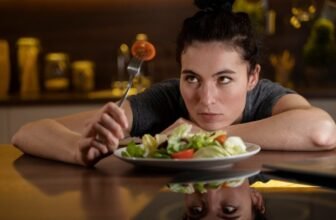
The clock reads 8:30 PM. You’ve just finished a truly wonderful, filling meal—a big plate of comfort food, whatever your indulgence. You feel that warm glow of satisfaction… for about ten minutes.
And then, it happens.
The energy drains away completely. You feel heavy, your mind slows down, and the couch calls to you like an irresistible magnet. You are deeply, profoundly lethargic. You are done.
The weirdest part? An hour later, that heavy feeling is replaced by a strange, undeniable hunger, often for something sweet. You’re cruising the kitchen pantry, wondering how you could possibly need dessert after such a huge dinner.
This phenomenon has a name: The Post-Dinner Crash. It’s not just a normal part of being “full”; it’s the physical fallout of a massive, rapid rise in your blood sugar.
I’m not here to scare you, but emerging science is shedding light on the hidden cost of these daily spikes. Even in healthy individuals, these surges are metabolically damaging. For context, the CDC defines a healthy two-hour post-meal blood sugar level as below $180 \text{ mg/dL}$. When your body surges past that, it’s a signal that something is off.
The “Silent Damage” You Don’t Feel

So, what’s really going on here? Think of it this way: these big, sudden floods of sugar are like a tiny “sandblasting” on the inside of your blood vessels. This triggers a bunch of inflammation and oxidative stress.
Here’s the scary part, the part that really got my attention. Your body has something called “metabolic memory”. This means that even after your blood sugar comes back down, the inflammatory “on” switch in your cells can stay flipped on.
It’s like the spike leaves a sticky, damaging residue behind. Over time, these daily spikes are a huge risk factor for developing insulin resistance, which is the stepping stone to pre-diabetes and type 2 diabetes. Even if you never get a diagnosis, this “sandblasting” effect is linked to the hardening of arteries, which is exactly what we don’t want for our heart health.
Okay, so. The spikes are bad. We get it. For years, the advice has been simple: “Just take a walk after dinner.” And that’s… well, it’s half right.
The real secret, the thing that can actually tame these spikes, isn’t one habit. It’s a powerful two-part strategy. It’s a combo-move that tackles the sugar spike from both ends:
- Slowing down the supply of sugar into your blood.
- Speeding up the demand for that sugar out of your blood.
And when you do them together? The results are kind of shocking.
The “Action” Habit (The Part You Think You Know)
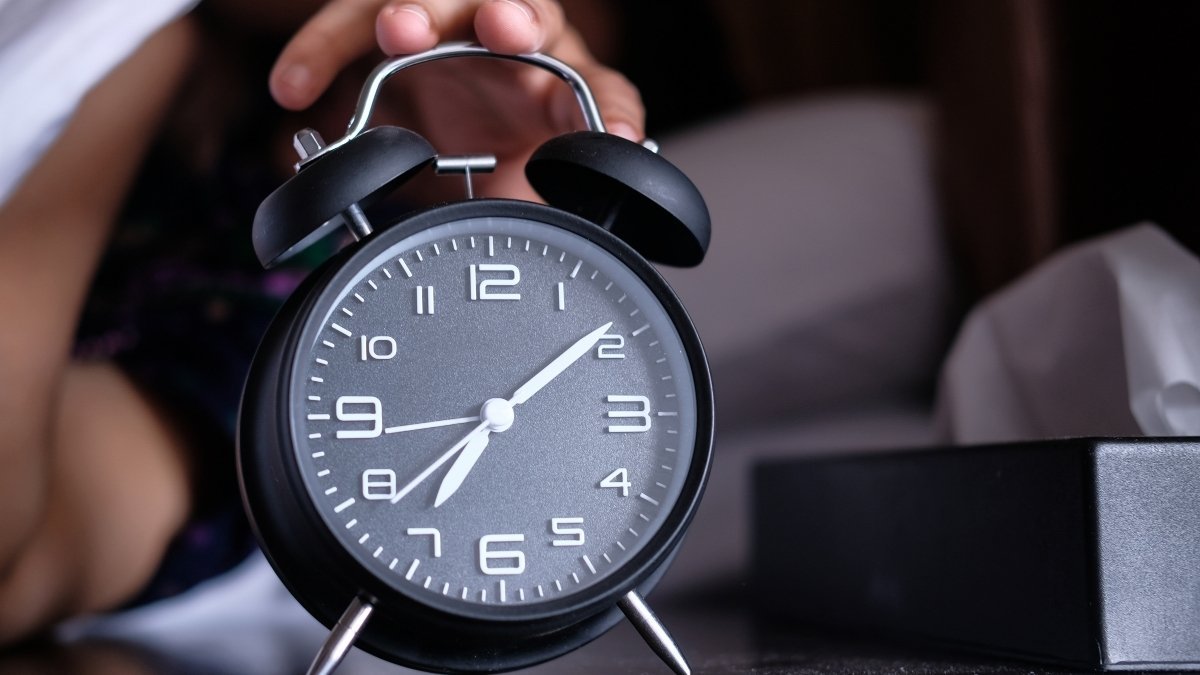
Let’s start with the one we’ve all heard: the post-meal stroll. But here’s the catch: the timing is everything. Most of us, if we do it at all, might wander out for a walk an hour or so after dinner, right?
A 2024 study in Nutrients decided to test this. They had people drink a glucose-heavy drink and then tested two scenarios:
- Protocol 1: A 10-minute walk taken immediately after.
- Protocol 2: A 30-minute walk taken 30 minutes after.
The result? The short, 10-minute immediate walk was significantly better at blunting the peak of the glucose spike. The 30-minute delayed walk, despite being three times longer, was no different from just sitting on the couch in terms of that initial, damaging surge.
A 2023 meta-analysis confirmed it: to get the “greater acute beneficial impact,” you need to move “as soon as possible after a meal”.
Why this works: The “Muscle as a Glucose Sponge”
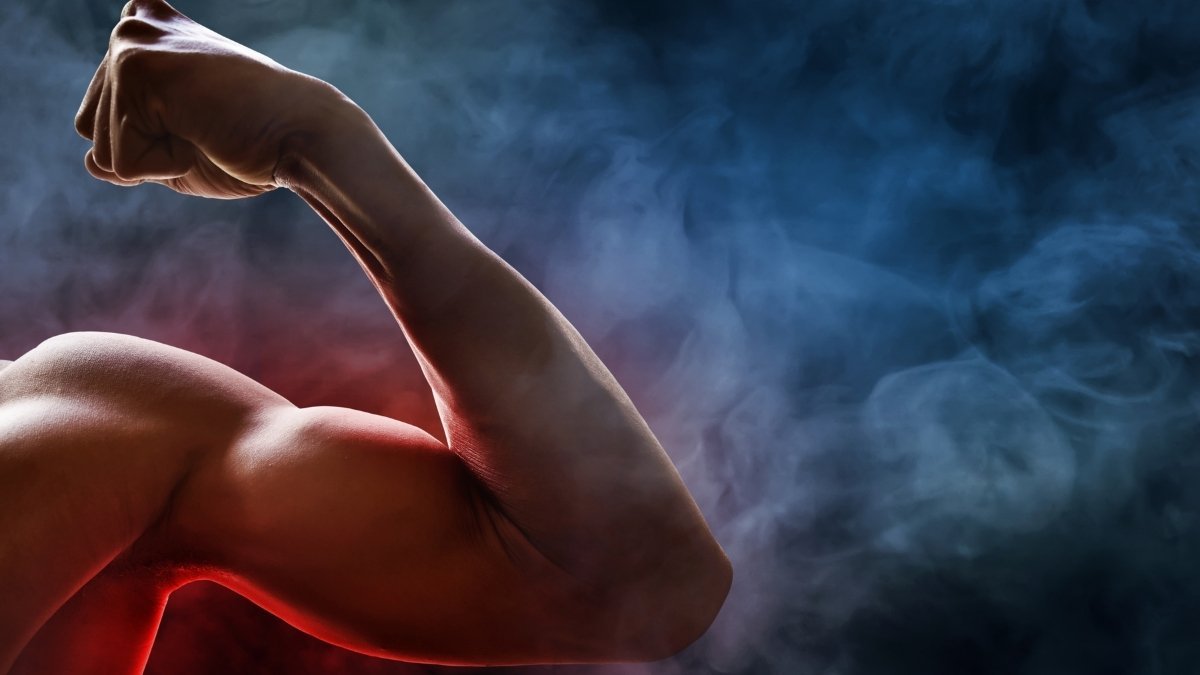
This isn’t about “burning calories.” It’s about “muscle activation.” Think of your big muscles—your glutes, quads, hamstrings—as the body’s largest “glucose sponge”. When you eat, your pancreas releases insulin, which is like the “key” that unlocks your cells to let the sugar in. But… active muscle has a “back door.”
When your muscles are contracting, even during a light walk, they can suck up glucose from your bloodstream without needing much (or any) insulin at all.
Shannon Knapp, a diabetes care specialist at Cleveland Clinic, puts it perfectly: “Exercise impacts your blood sugar quickly, often within a few minutes… physical activity helps your body use insulin more effectively, decreasing the insulin resistance we often see in diabetes”.
So, by walking immediately, you’re opening that “back door” and telling your muscles, “Hey, you’re hungry? Eat this sugar, right now.” And the best part? A 2022 meta-analysis showed that as little as two to five minutes of light walking can make a real difference.
“But wait… won’t I get a cramp?”

I know what you’re thinking. Our parents told us never to swim after eating, and that’s morphed into “don’t move at all.” That’s a myth, plain and simple. Or, at least, a misunderstanding.
Yes, going for a 5-mile run on a full stomach is a terrible idea. That can cause digestive distress. But a light, casual stroll? The evidence shows it actually aids digestion by gently stimulating your stomach and intestines. We’re talking about a 10- to 15-minute gentle walk. You can do chores, walk the dog, or just pace around your living room. The goal is just to activate the sponge.
The “Architecture” Habit (The Real Game-Changer)

Okay, the walk is great. It’s our defensive move. But this… this is the offensive move. And honestly, it’s the part that will change your life.
It’s called “macronutrient sequencing,” or what I just call “Meal Architecture.”
The rule is laughably simple: Eat your fiber, protein, and fats first. Save your carbohydrates (bread, rice, pasta, potatoes, fruit, dessert) for the last part of the meal.
This strategy completely busts the “a calorie is a calorie” myth. Because metabolically, a 600-calorie meal is not a 600-calorie meal. The order you eat those calories in changes everything.
The proof? A groundbreaking study from Weill Cornell Medical College gave 11 patients with type 2 diabetes the same meal (628 calories, 68g carbs) on two separate days.
- Day 1 (Carbs-First): They ate the ciabatta bread and orange juice first. Then, 15 minutes later, the chicken breast and salad.
- Day 2 (Carbs-Last): They ate the chicken and salad first. Then, 15 minutes later, the bread and juice.
The results were staggering. When they ate the same carbs last, their glucose levels were:
- 28.6% lower at 30 minutes.
- 36.7% lower at 60 minutes.
- 16.8% lower at 120 minutes.
The total glucose spike over two hours? It was 73.5% smaller. Just from changing the order.
As the lead researcher, Dr. Louis Aronne, said, this is an “easier way” to get results. Instead of telling patients “‘don’t eat that,’ clinicians might instead say, ‘eat this before that'”.
And this isn’t a fluke.
- A 2024 study on healthy adults found the “carbs-last” order cut their glucose spike by 40.9% and made them feel fuller.
- A 2024 study on women with gestational diabetes saw significant drops in both glucose and insulin just by following this order.
- And a 2022 study followed patients for five years and found the “veggies first, carbs last” group had significantly improved long-term average blood sugar (HbA1c). This isn’t a “hack.” It’s a long-term strategy.
Why this works: The “Fiber Shield” and “Hormonal Brakes”
So how does this magic work? It’s a two-part mechanism.
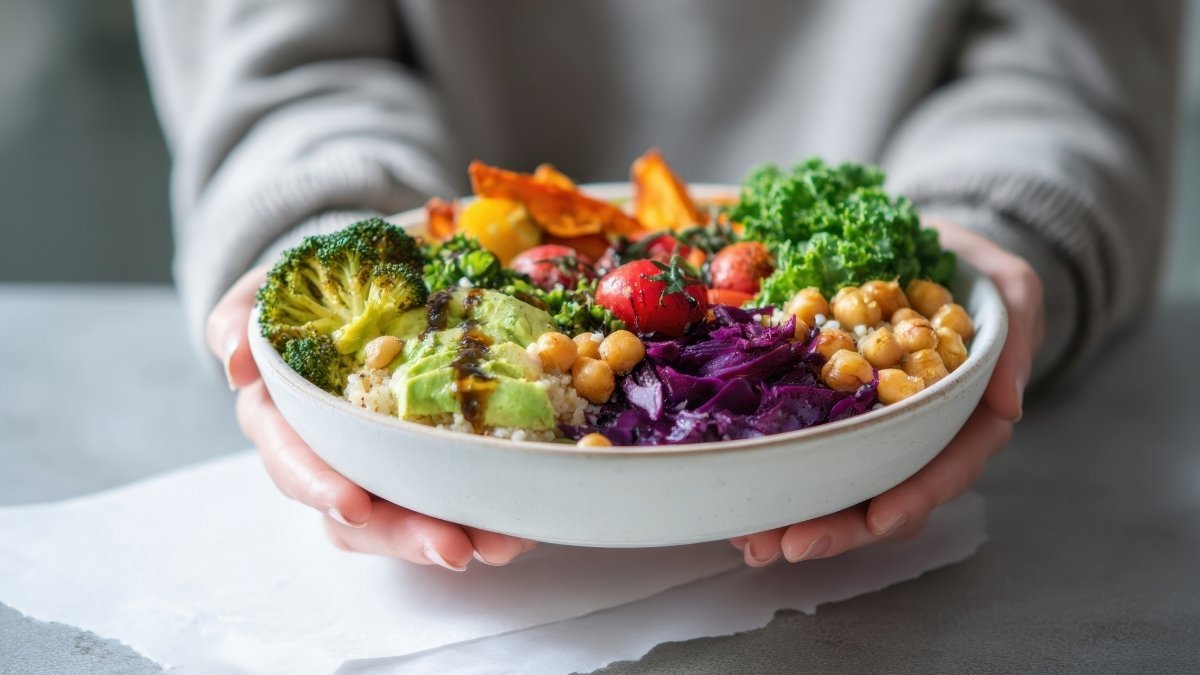
- The “Fiber Shield” (Physical): When you eat your veggies (fiber) and protein/fats first, they hit your small intestine before the sugar. The fiber creates a “kind of gel matrix”—like a viscous, protective net. When the carbs arrive later, they get tangled in this net, and the sugar is absorbed much more slowly. No spike, just a gentle curve.
- The “Hormonal Brakes” (Hormonal): This is the coolest part. Eating protein and fat first sends a signal to your stomach to slow down. It puts “the brakes on absorption”. Even better, it triggers the early release of a gut hormone called GLP-1.
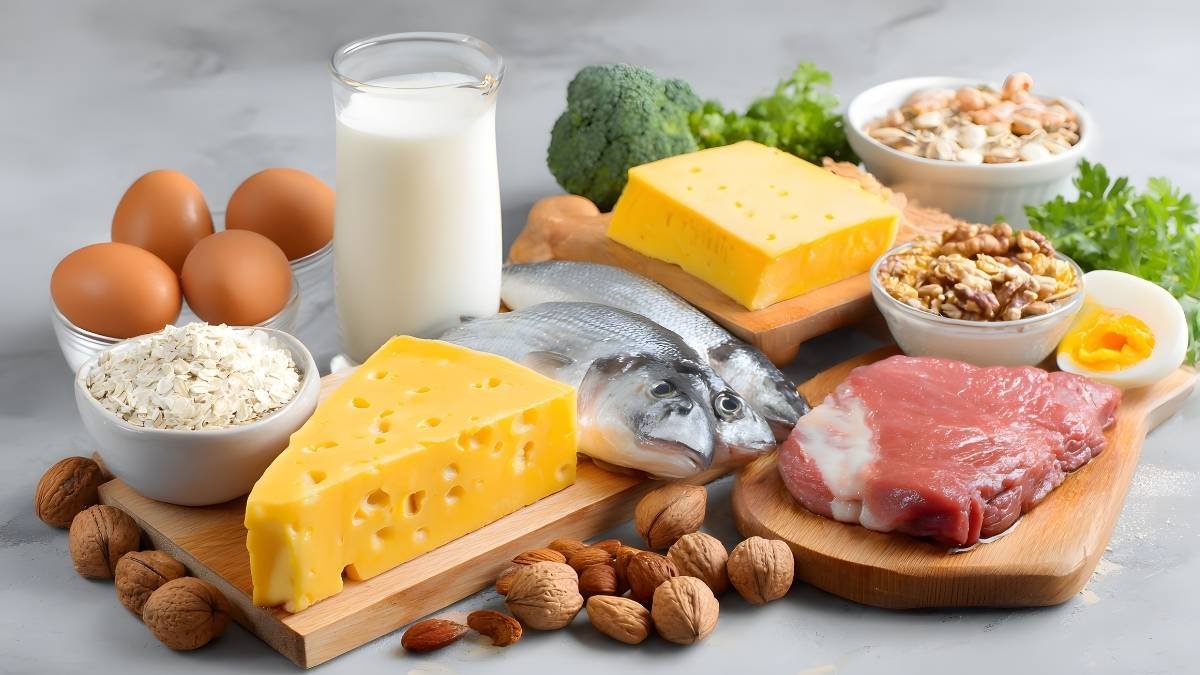
If GLP-1 sounds familiar, it should. It’s the same hormone that’s in those blockbuster weight-loss drugs like Ozempic. By eating your protein and veggies first, you’re telling your body to release its own natural, mild version of this hormone, which tells your pancreas to get ready for insulin and makes you feel full faster. It’s… kind of a big deal.
The Synergy: Your “Slow-and-Soak” Strategy
Now, let’s put it all together. This is where 1 + 1 = 10.
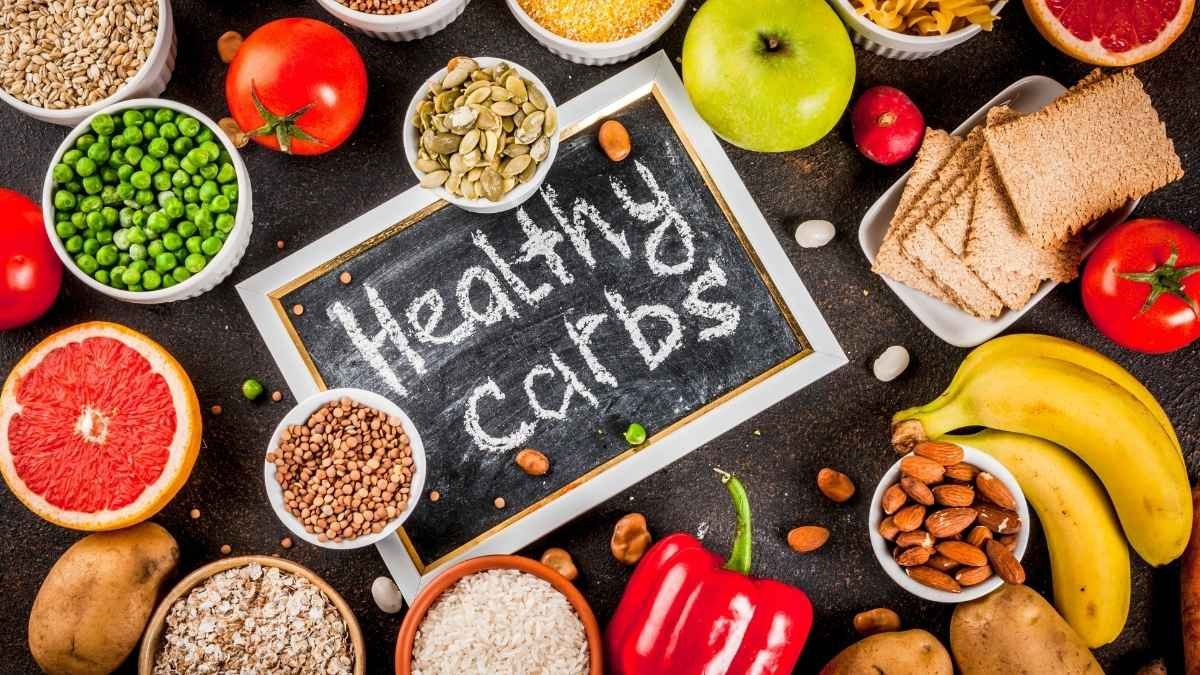
- The “Architecture” Habit (Carbs-Last) is your “Slow” strategy. It slows down the supply of glucose entering your blood.
- The “Action” Habit (Immediate Walk) is your “Soak” strategy. It fires up your “muscle sponge” to soak up the glucose that’s already there.

You’re hitting the problem from both sides. A slower, lower supply of sugar is met by a higher, faster demand for it. You’ve successfully prevented the metabolic “traffic jam” that causes the crash, the fog, and the long-term damage.
Here’s your new playbook, all in one place.
The “Architecture” Habit: Food Sequencing
WHAT
Eat **non-carbohydrate foods first**.
HOW
Start your meal with **vegetables, protein, and/or fats**. Save starchy/sugary carbs (bread, rice, pasta, dessert) for the **last part** of the meal.
WHEN
During the meal.
HOW LONG
N/A (It’s an order of operations).
The “Action” Habit: Post-Meal Walk
WHAT
Engage in **light-intensity walking**.
HOW
A **casual, light-intensity stroll**. No running or heavy exertion is required.
WHEN
**Immediately after the meal** (ideally within 0-15 minutes).
HOW LONG
**10-15 minutes** is highly effective. Even **2-5 minutes** is beneficial.
A “Habit Booster”: What About Apple Cider Vinegar?
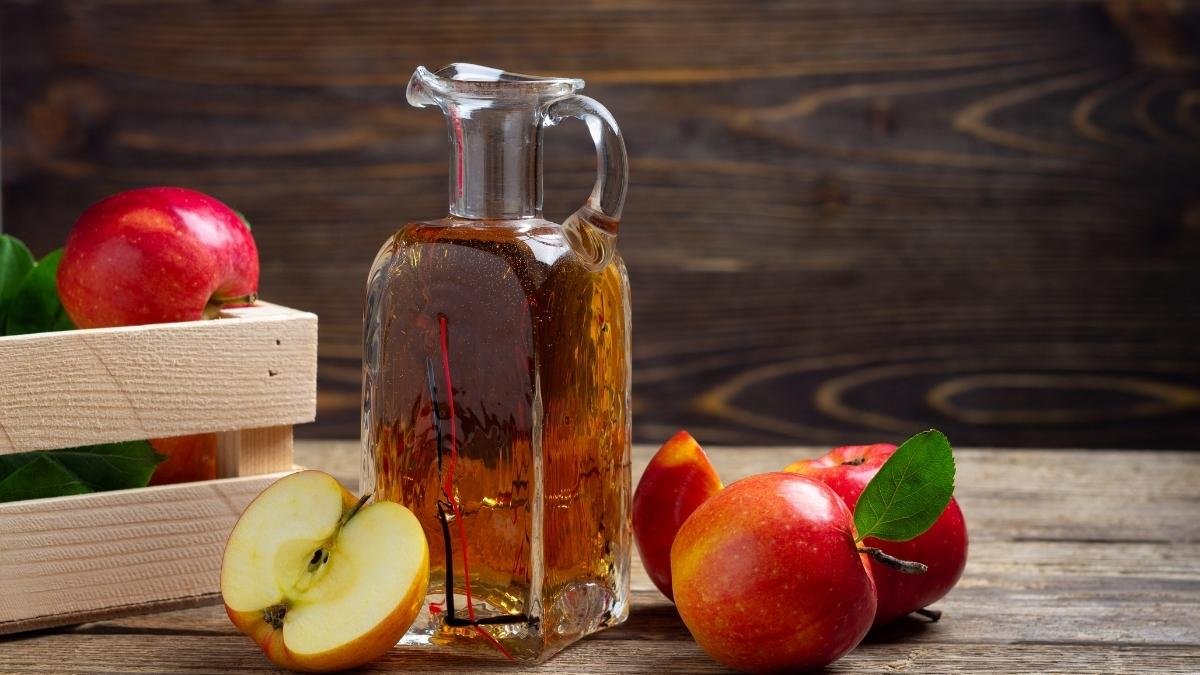
You’ve probably seen this one online, too. A spoonful of apple cider vinegar (ACV) in water before a meal. Is it a myth?
Actually… no. The science on this is surprisingly strong. A 2025 systematic review and meta-analysis (yes, from the future, published in Frontiers in Nutrition) looked at all the data for T2D patients.
They found that ACV consumption significantly reduced Fasting Blood Sugar by an average of -21.9 mg/dL and also lowered long-term HbA1c levels. It’s not a magic bullet, and it’s not as powerful as the “Slow-and-Soak” strategy, but the data says it’s a legitimate “booster” to add to your toolkit.
Need a Little Extra Support? Look Into These
Look, new habits are tough. And while these two strategies—the “Architecture” and the “Action”—are totally free, sometimes having the right tool makes all the difference. It’s not about buying a solution, but about making the new habit easier and more consistent. If you’re looking for a little boost, here are a few highly rated things that are genuinely useful for this stuff.
1. Skechers Women’s GO WALK Joy
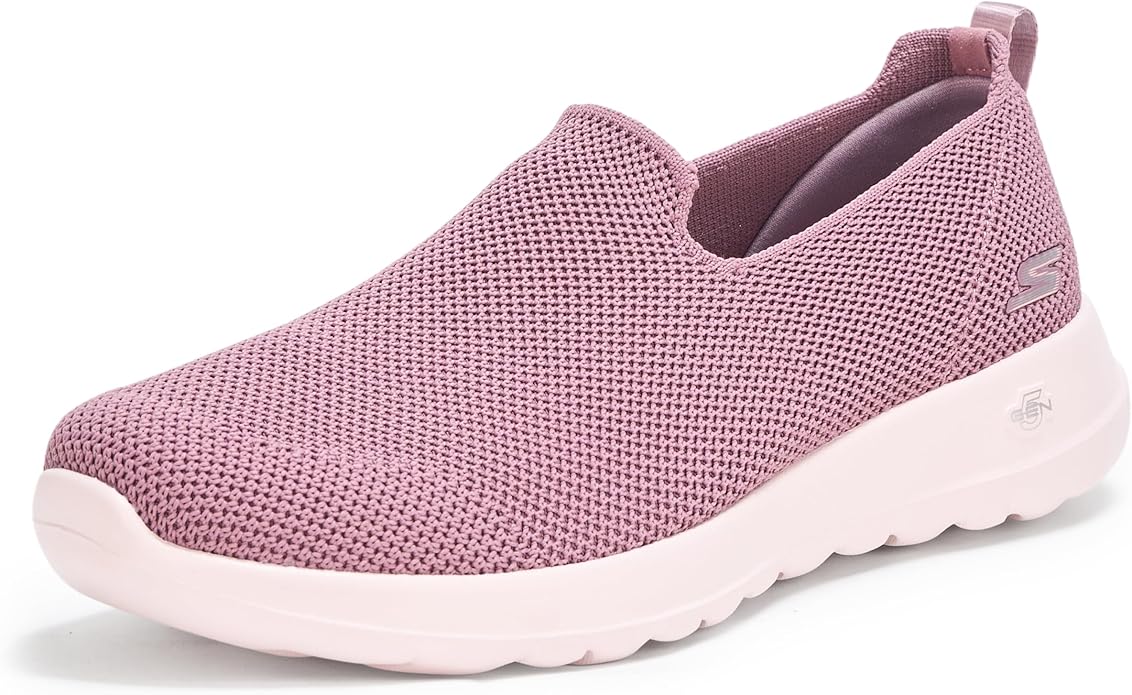
A super popular, lightweight shoe that makes that post-meal stroll feel effortless. No “breaking in” required—just slip on and go.
2. Brooks Men’s Ghost Max L Sneaker
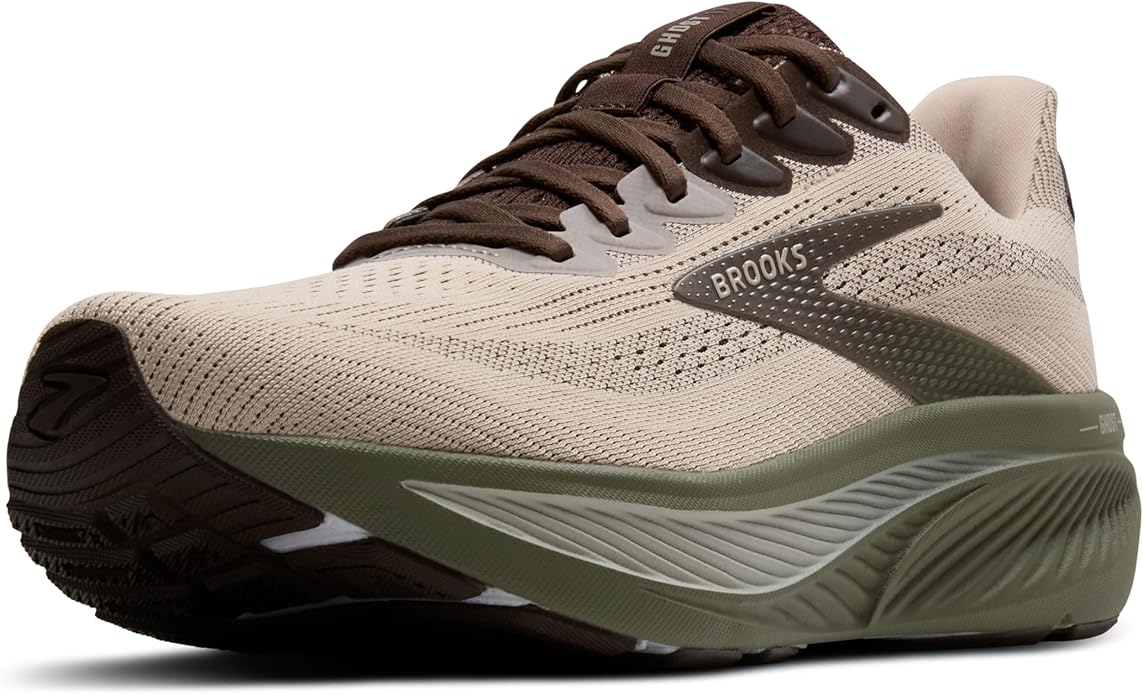
If you’re looking for serious cushioning, these are a top pick. They’re built to be comfortable and supportive, which is perfect for turning a quick walk into a consistent habit.
3. Fitbit Charge 6

What gets measured gets managed. Seeing your post-meal steps add up is a huge motivator. This one is a top pick, tracks all your activity and sleep, and works with both iPhone and Android.
4. Rubbermaid Brilliance Glass Containers
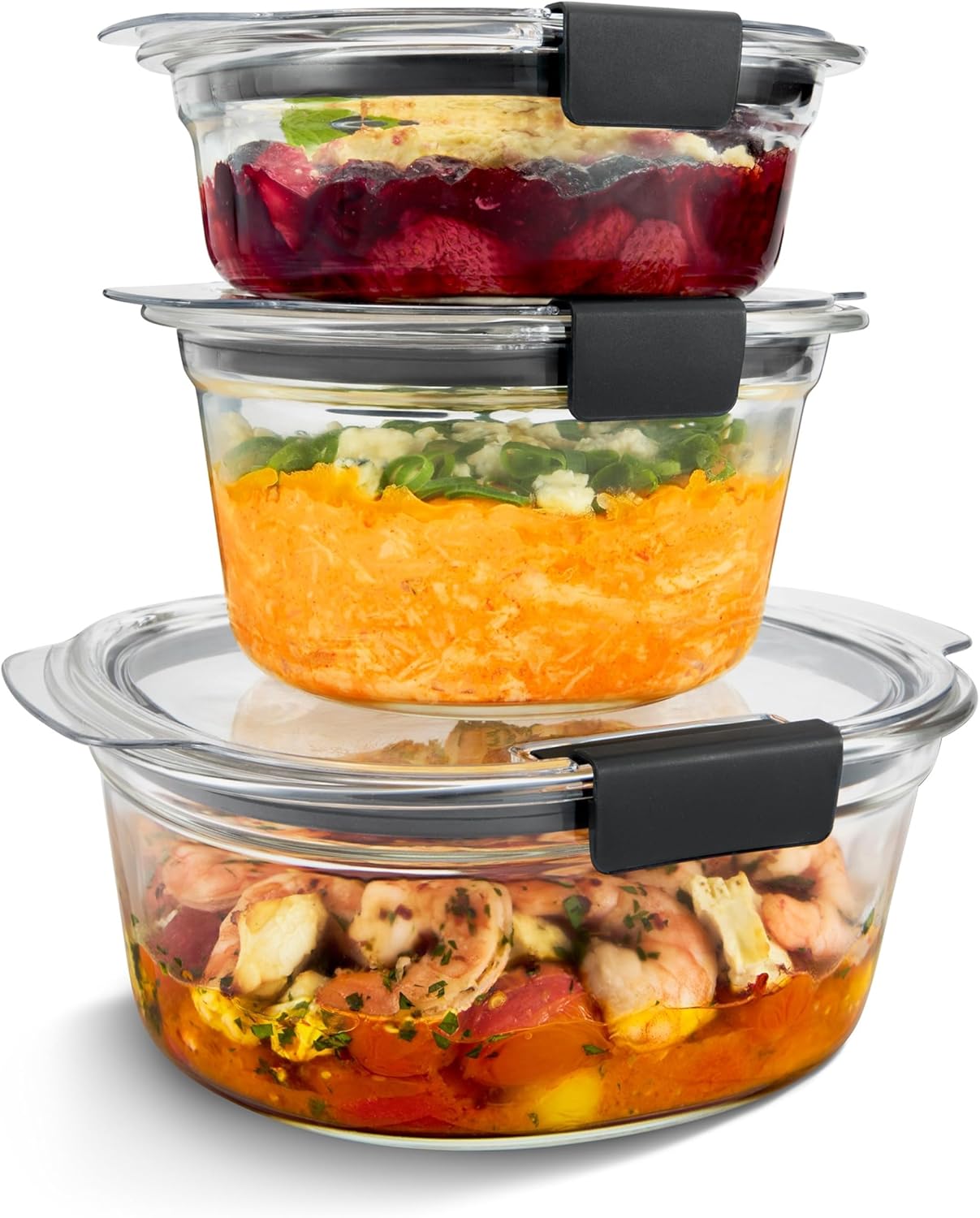
This is for the “Architecture” habit. Prepping your veggies and protein ahead of time is way easier with good, leakproof containers. These are a favorite because they seal tight and are (of course) glass.
5. Garmin Vivosmart 5

A great alternative if you want a sleek tracker. It’s fantastic for accurate sleep and activity tracking, and the app gives you a ton of data without a subscription.
Conclusion: Your New Philosophy of Eating
Let’s just see how this plays out, side-by-side.
- The Old Way: Sit down to dinner. Eat the bread basket while you wait. Eat your pasta and chicken all mixed together. Finish the meal, feel stuffed, and immediately collapse on the couch. minutes later, you’re in a fog, feeling sluggish, and craving ice cream.
- The New Way: Sit down to dinner. Skip the pre-meal bread. Start with the salad (with olive oil—a healthy fat!) and the chicken (protein). Then, eat and enjoy your pasta (carbs last). When you take your last bite, you stand up, grab the dog, and go for a 10-minute stroll around the block. You come back feeling… good. Energized, even. Clear-headed.
This isn’t a restrictive “diet.” It’s a strategy of timing.
It’s not about giving up carbs. It’s about giving them a “chaperone” of fiber and protein. It’s about not letting your blood sugar run the show.
You’re not just avoiding a crash. You’re taking active, “behind-the-scenes” control of your own metabolism. And you can start tonight.


